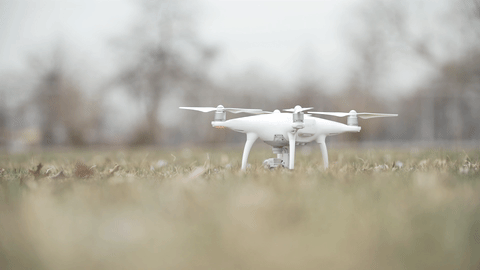ROBOTIC CLOUD
Type: Laka Competition: Architecture that Reacts
Team: Rodolphe el-Khoury (UM Dean) | Chris Chung | Veruska Vasconez | Melodie Sanchez | Hongyang Wang | Kelsey Wang | Stefani Fachini
Result: Honorable Mention // 2017
Location: Miami, FL
The Competition: Laka Competition is an international architectural competition which seeks innovative ideas that go far beyond typical building solutions, are socially engaged, capable of reacting to unpredictable conditions (environmental, natural, social) and provide safety for its inhabitants.
Publication: Results of the Laka Competition ’17 Architecture that Reacts.
Robotic Clouds at Miami Design district
The Project:
In an effort to adapt and control ever-changing environmental conditions, this project proposes a dynamic shading system capable of shading or covering various visitors within a public space at any time. The shading/covering system, Robotic Cloud, is a two part worker-hive system, consisting of the Drones and the Docking Towers, loosely inspired by the honey bee colony.
The workers, Drones, are automated quad-copters that carry helium inflated hexagons. The Drones are automated using an algorithm determined by the current weather conditions, swarming algorithms, and the visitor’s desire. In addition, the quad-copter carries an electronic box holding a Raspberry Pi, a camera, a mini projector, a speaker, and a microphone, which gives the Drones greater flexibility to respond and communicate with the visitor’s desires and needs. This has the potential for advertisement, way-finding instructions to the user, and data analysis.
The hives, Docking Towers, are independent columns installed throughout the public space that store and charge the Drones. Each Docking Tower is outfitted with a micro wind turbine at the top to charge the Drones using wind power.
The workers, Drones, are automated quadcopters that carry helium inflated hexagons. These hexagon inflatables use fabrics that are engineered to withstand sun, wind, and rain.The Drones are automated using an algorithm determined by the current weather conditions, swarming algorithms, and the visitor’s desire. In addition, the quadcopter carries an electronic box holding a Raspberry Pi, camera, pico projector, speaker, and microphone. The addition of these electronic devices gives the Drones greater flexibility to respond and communicate with the visitor’s desires and needs. The outer edges of the hexagon inflatable are fitted with proximity sensors as well as cathode and anode conductors to be used for charging upon physical contact.
The hives, Docking Towers, are independent columns installed throughout the public space that store and charge the Drones. Each Docking Tower is outfitted with a micro wind turbine at the top to charge the Drones using wind power. As a result, Robotic Cloud proposes a dynamic shading system capable of providing shade for a wide range of conditions in any public space.
Miami Design district at night
